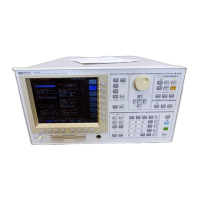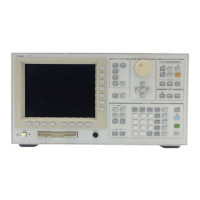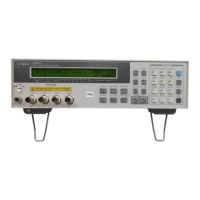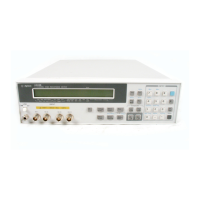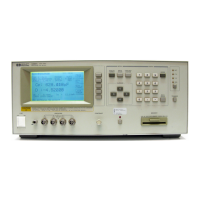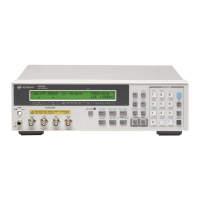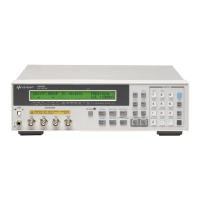5-40 Agilent 4155C/4156C VXIplug&play Driver User’s Guide, Edition 4
Programming Examples for C++ Users
Stress Force
Stress Force
This section explains an example subprogram that performs current measurement of
a device with two high terminals and a low terminal, applies stress, performs current
measurement again, and displays the measurement result data.
Table 5-13 Stress Force Example
void perform_meas (ViSession vi, ViStatus ret) /* 1 */
{
ViInt32 t1 = 1; /* SMU1 */
ViInt32 t2 = 2; /* SMU2 */
ViInt32 low = 3; /* SMU3 */
ViReal64 range = 0.0;
ViReal64 base = 0.0;
ViReal64 stress = 2.0;
ViReal64 bias = 0.1;
ViReal64 icomp = 0.1;
ViReal64 vlout = 0;
ViReal64 ilcomp = 0.1;
ViReal64 hold = 0.0;
ViReal64 duration = 5.0;
ViReal64 period = 0.01;
ViInt32 status;
ViReal64 md[2];
ViInt32 st[2]; /* 18 */
ret = hp4156b_setSwitch(vi, t1, 1);
ret = hp4156b_setSwitch(vi, t2, 1);
ret = hp4156b_setSwitch(vi, low, 1);
ret = hp4156b_setFilter(vi, hp4156b_CH_ALL, hp4156b_FLAG_ON);
ret = hp4156b_setInteg(vi, hp4156b_INTEG_TBL_SHORT,
hp4156b_INTEG_TIME_MIN, 2);
check_err (vi, ret);
Line Description
1 Beginning of the perform_meas subprogram.
3 to 18 Declares variables, and defines the value.
20 to 22 Enables measurement channels.
23 Sets the filter on for the all SMUs.
24 Sets the A/D converter integration time.
25 Calls the check_err subprogram (shown in Table 5-1) to check if
an error status is returned for the previous line.
